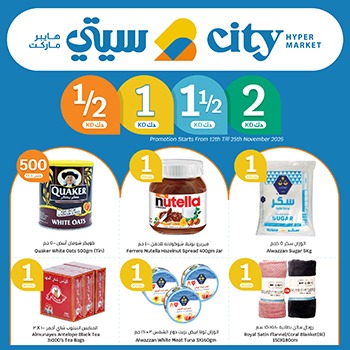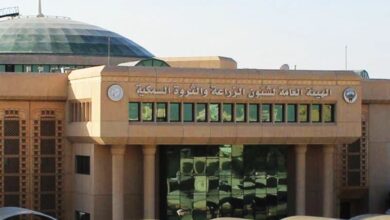
A report issued by the National Bank of Kuwait (NBK) stated that the growth of credit granted by Kuwaiti banks during the third quarter of 2024 was weak, reaching only 0.4%, bringing the growth rate since the beginning of this year until the end of September to, 2.5%.
The report indicated that the overall performance was negatively affected by a 12% decline in lending directed to banks and financial institutions on a quarterly basis, while the underlying growth of lending to business activities and personal credit remained good, outperforming the performance of the second quarter of this year.
The business sector credit growth rose to 1.1% during the quarter, bringing the growth rate recorded since the beginning of this year until the end of the third quarter to, 3.4%, according to the bank’s report.
As for the future expectations, the fourth quarter of the year is usually the weakest performance in terms of business sector credit. This is most likely due to increased repayments and write-offs of bad debts. However, the cycle of interest rate cuts and faster project introductions, as witnessed recently, may provide positive support to credit growth.
In terms of business sector credit, the NBK report stated that the construction sector maintained its lead, consistent with its performance during 2022-2023.
Thereby achieving a growth of 4.2% quarter-on-quarter, with a strong increase of 16% since the beginning of the current year until the end of September, followed by the trade sector in second place (+7% since the beginning of the year until the end of the third quarter).
In contrast, the oil and gas sector remained the weakest performers, recording a decline of 9% since the beginning of the current year, until the end of September, after a sharp decline of 8% in 2023.
Whereas, the real estate sector showed strong performance during the third quarter of the current year, rising by 4.1% since the beginning of the year, until the end of September, compared to only 1.3% in the whole of 2023.
NBK indicated that after a weak start to project awards in 2024, the second and third quarters witnessed a strong recovery, as the value of awarded projects amounted to about KWD 1.5 billion since the beginning of the year until September. Although this rate is 13% lower year-on-year, the pace of project awards in 2023 was strong, reaching its highest levels since 2017.
If this strong level of project awards continues, it is expected to support business credit growth, NBK said. In contrast, personal credit continued to recover, with growth rising quarter-on-quarter, to its highest level in seven quarters.
While the annual growth remains limited at 2.5%, the annual growth rate over the past three months was stronger, recording 4.3%. This comes after the high interest rate environment significantly impacted demand for personal credit, with growth slowing to a near-stagnant 1.5% in 2023, well below the historical average.
Therefore, the downward trajectory of interest rates in the coming period is expected to be the main catalyst that could help boost personal credit growth.
In terms of deposits at local banks, the report indicated that resident deposits increased by 2.5% on a quarterly basis, raising the growth rate since the beginning of this year until the end of the third quarter to 3.7%.
The private sector deposits, which constitute 77% of total deposits, continued to recover from the period of weakness they experienced during 2023, recording a growth of 4.3%, since the beginning of this year until the end of September.
At the same time, government deposits continued to grow strongly, recording an increase for the seventh consecutive quarter, while deposits of public institutions remained highly volatile.
In terms of private sector deposits in Kuwaiti dinars, time deposits continued to outperform demand and savings deposits, although the difference in annual growth rates between them (+8.3% and -2.7%, respectively) narrowed significantly from its peak in mid-2023.
The NBK report stated that market expectations of a rate cut in the US have become less severe, reflecting their alignment with the Federal Reserve’s voting points map. After the Federal Reserve cut interest rates by 50 basis points in September, the Central Bank of Kuwait, cut the discount rate by 25 basis points.
Considering the developments in inflation and the labor market in the US, market expectations for a cumulative 50 basis points of interest rate cuts by the end of 2024 and an additional 75 basis points in 2025, while the Federal Reserve’s voting map indicates a 50 basis point and 100 basis point cut, respectively.
Regardless of the size and timing of future cuts, the downward path of interest rates is likely to support credit growth.












